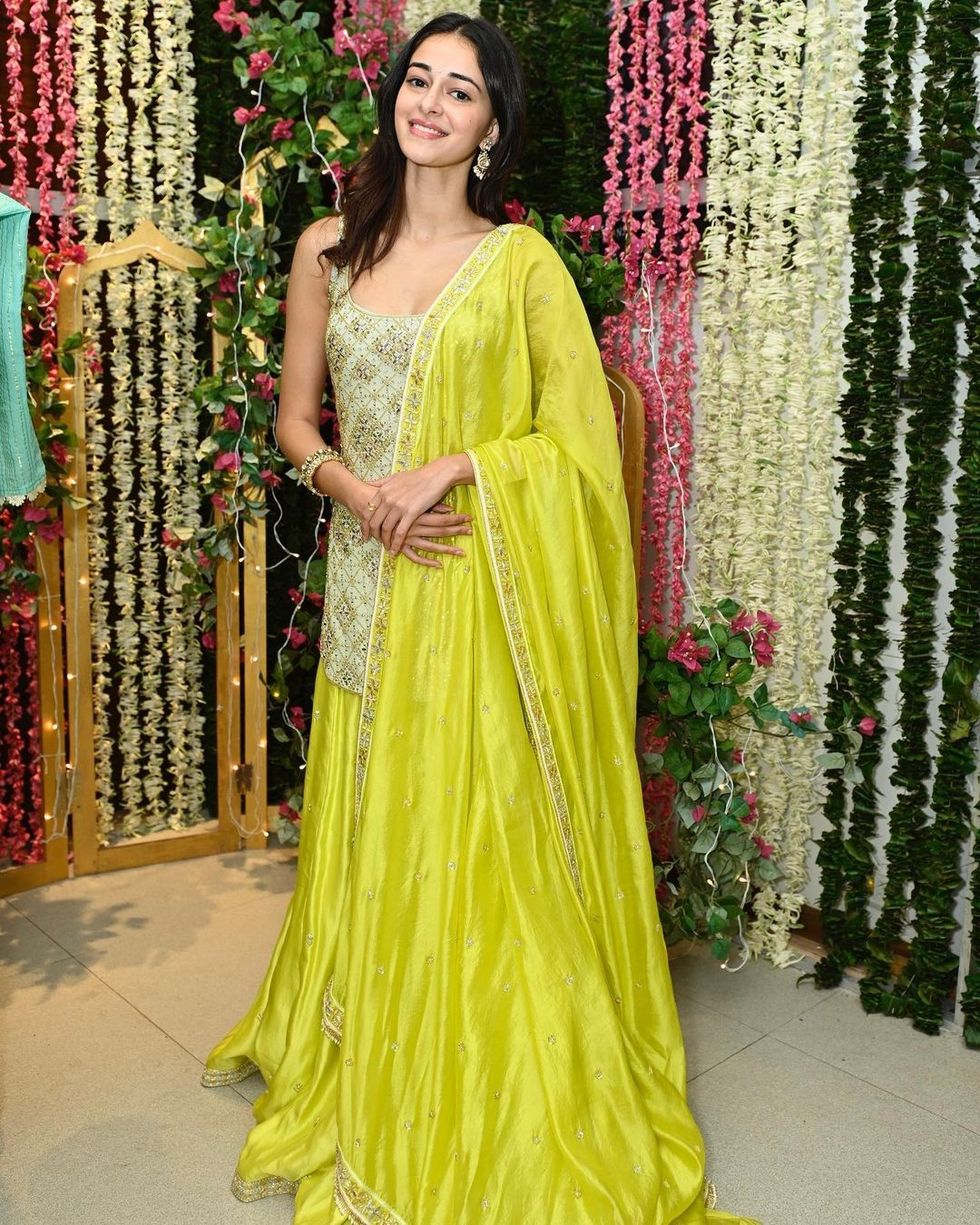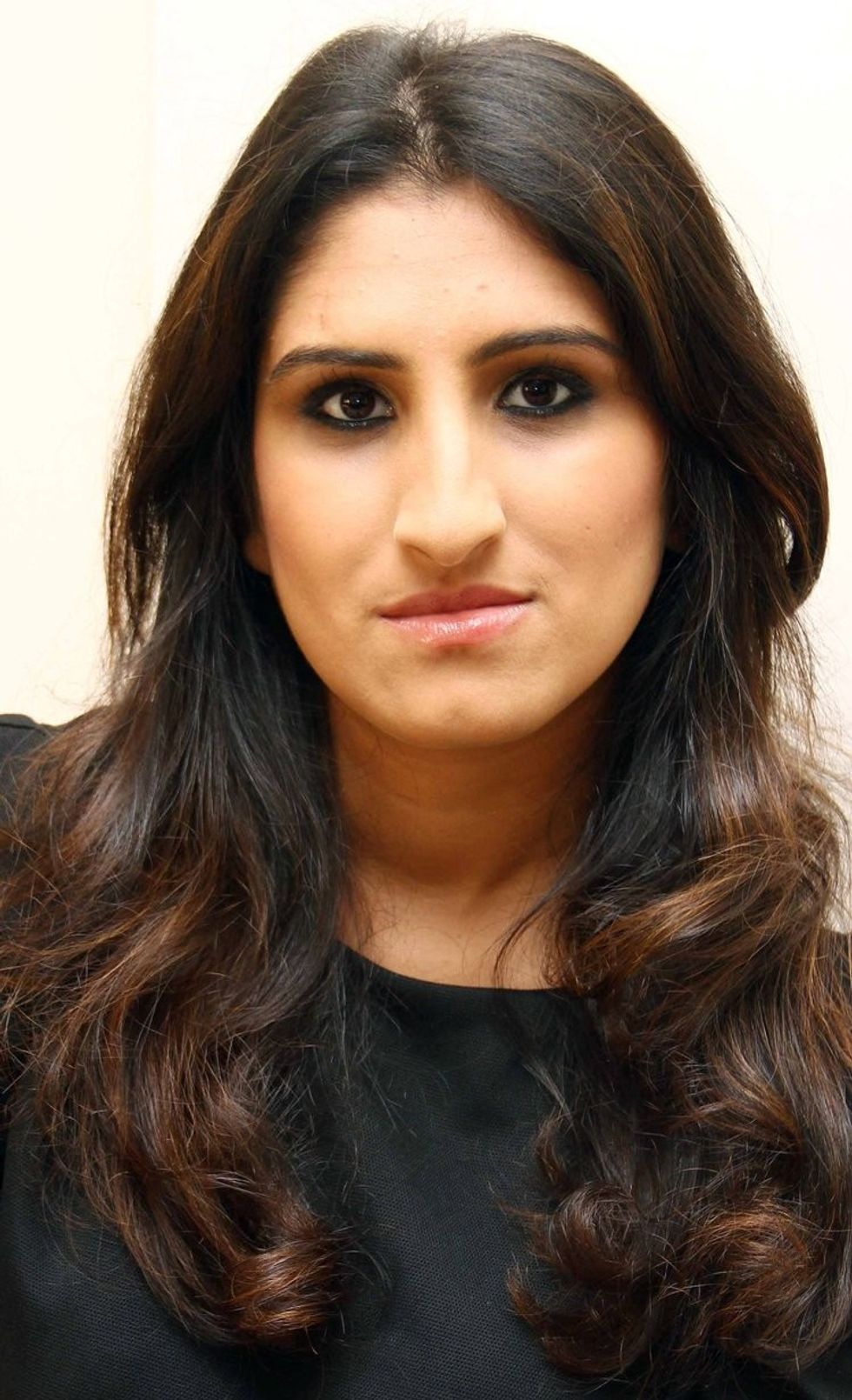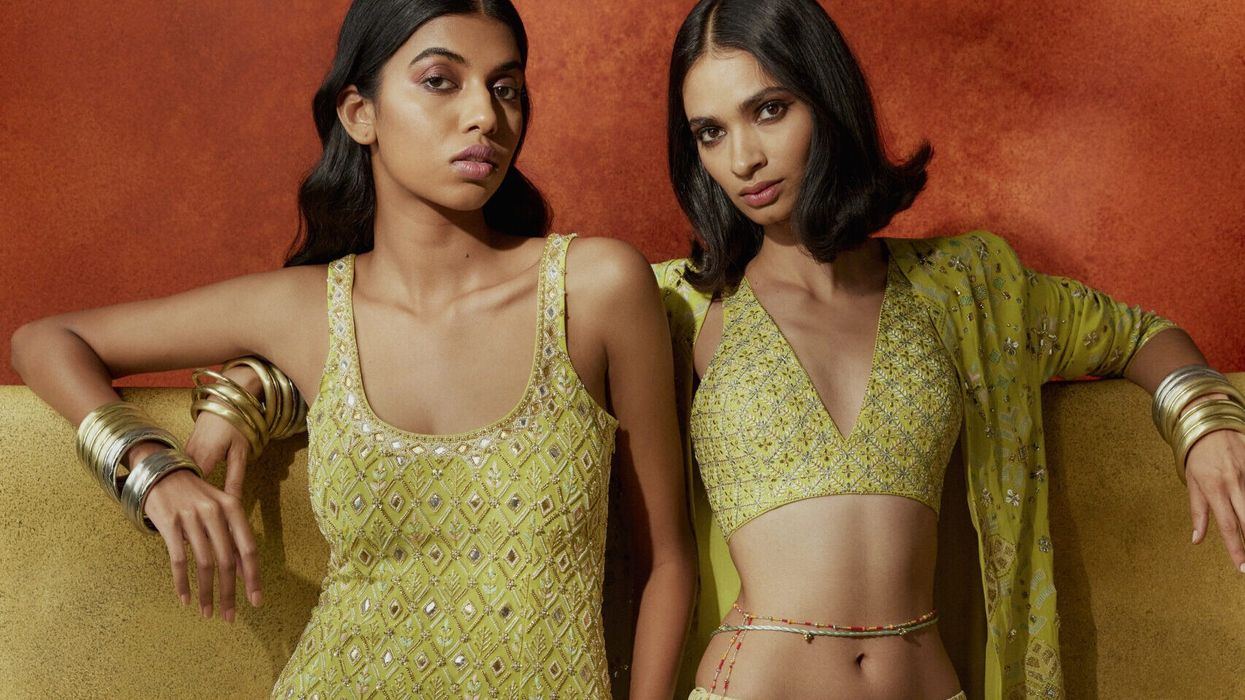INTERNATIONALLY renowned fashion designer Anushka Khanna has effortlessly combined her Indian heritage with a global perspective.
From made-to-order, ready-to-wear and bespoke creations to dressing A-list celebrities such as Alia Bhatt, Kareena Kapoor Khan, Deepika Padukone and Sonam Kapoor, she has turned her brand into a powerful symbol of girl power.
Eastern Eye caught up with the forward thinking, Mumbai-based designer to discuss her journey in fashion. She also revealed her style tips, trends for 2024, love of colour and her forever item of clothing.
How did you first get connected to the world of fashion?
My journey into the world of fashion began at a young age, when I found solace and self-expression through clothing. Fashion became a means to communicate my creativity and individuality, sparking a lifelong passion for design and style.

Who is your biggest fashion inspiration?
While there are many designers and icons I admire, my biggest fashion inspiration comes from the vibrant cultures and diverse landscapes that surround me and my personal experiences as a mother. Nature, art and everyday moments serve as constant sources of inspiration, influencing my designs with their beauty and complexity.
How would you describe your design aesthetic?
My designs are a reflection of boldness, vibrancy, and versatility. I strive to create pieces that celebrate the uniqueness of every individual. I am a big believer in the power of separates and the versatility of garments. I want my clients to wear my clothes again and again. From intricate embellishments to modern silhouettes, each design tells a story and invites the wearer to embrace their authenticity.
How would you describe the woman who wears an Anushka Khanna piece?
A woman who chooses to wear an Anushka Khanna piece is fearless, confident and unapologetically herself. She embodies grace and strength, effortlessly blending tradition with modernity. Whether she’s attending a festive celebration or a casual outing, she carries herself with poise and grace, leaving a lasting impression wherever she goes.
Which celebrities have you most enjoyed dressing up?
Dressing celebrities has been an exciting opportunity to see my designs come to life on the red carpet. While I’ve enjoyed dressing many talented individuals, collaborating with stars like Alia Bhatt, Shraddha Kapoor and Kiara Advani has been particularly memorable, as they effortlessly embody the spirit of the Anushka Khanna woman.
Where do you typically gather inspiration for your designs?
Inspiration for my designs comes from a myriad of sources, ranging from travel experiences to personal encounters. I am inspired by the rich tapestry of Indian culture, incorporating traditional motifs and textiles into contemporary designs. Additionally, I find motivation in global trends, art movements and the everevolving world around us. Your designs have a vibrancy in colour.
What does colour mean to you?
Colour holds immense significance in my designs, serving as a tool for self-expression and storytelling. Each hue evokes a different emotion and carries its own symbolism, allowing me to create collections that resonate with diverse audiences. From vibrant reds to serene blues, colour infuses life and energy into my designs, reflecting the vibrancy of the human spirit.
What trend is driving your designs for 2024?
In 2024, expect to see bold prints, dynamic silhouettes and unexpected combinations that challenge conventional norms and will redefine contemporary fashion.
Individuality and inclusivity are also key drivers, as I continue to prioritise self-expression and diverse representation in my collections.
Do you prefer fashion trends, or timeless classics?
While I appreciate the creativity and innovation of fashion trends, I’m drawn to timeless classics that transcend seasons and fleeting fads. My designs strike a balance between the two, incorporating elements of timeless elegance with contemporary flair, ensuring longevity and versatility for the modern woman’s wardrobe.

If you had to pick one item of clothing to keep forever, what would it be?
It would be a classic sari. The sari is not just a garment, but a symbol of tradition, grace and timeless beauty.
Its versatility allows it to be styled in countless ways, making it a cherished heirloom that can be passed down through generations.
How would you describe your personal style?
My personal style is eclectic, blending elements of traditional Indian attire with modern silhouettes and global influences. I gravitate towards bold colours, intricate embellishments and unexpected details that add depth and character to my wardrobe. Above all, comfort and confidence are paramount, as I believe true style begins with feeling empowered in what you wear.
What would be your biggest style tip?
To embrace your individuality and dress in a way that makes you feel confident and empowered. Experiment with different styles, colours and textures to discover what resonates with you personally. Don’t be afraid to mix and match pieces or step out of your comfort zone – fashion is all about self-expression and having fun with your wardrobe.
How do you see the Anushka Khanna brand growing?
Looking ahead, I envision the Anushka Khanna brand continuing to evolve and expand its presence on the national and international stages. With a focus on individuality, inclusivity and innovation, I aim to create collections that resonate with a global audience while staying true to our ethos of celebrating self-expression and creativity.
www.anushkakhanna.com






 Novo Nordisk launches Ozempic in India as diabetes cases climb Getty Images
Novo Nordisk launches Ozempic in India as diabetes cases climb Getty Images  Ozempic weekly pens now available in India for type 2 diabetesiStock
Ozempic weekly pens now available in India for type 2 diabetesiStock  India gets Ozempic as obesity and diabetes numbers riseiStock
India gets Ozempic as obesity and diabetes numbers riseiStock  Doctors say Ozempic helps blood sugar and weight management in adultsiStock
Doctors say Ozempic helps blood sugar and weight management in adultsiStock





